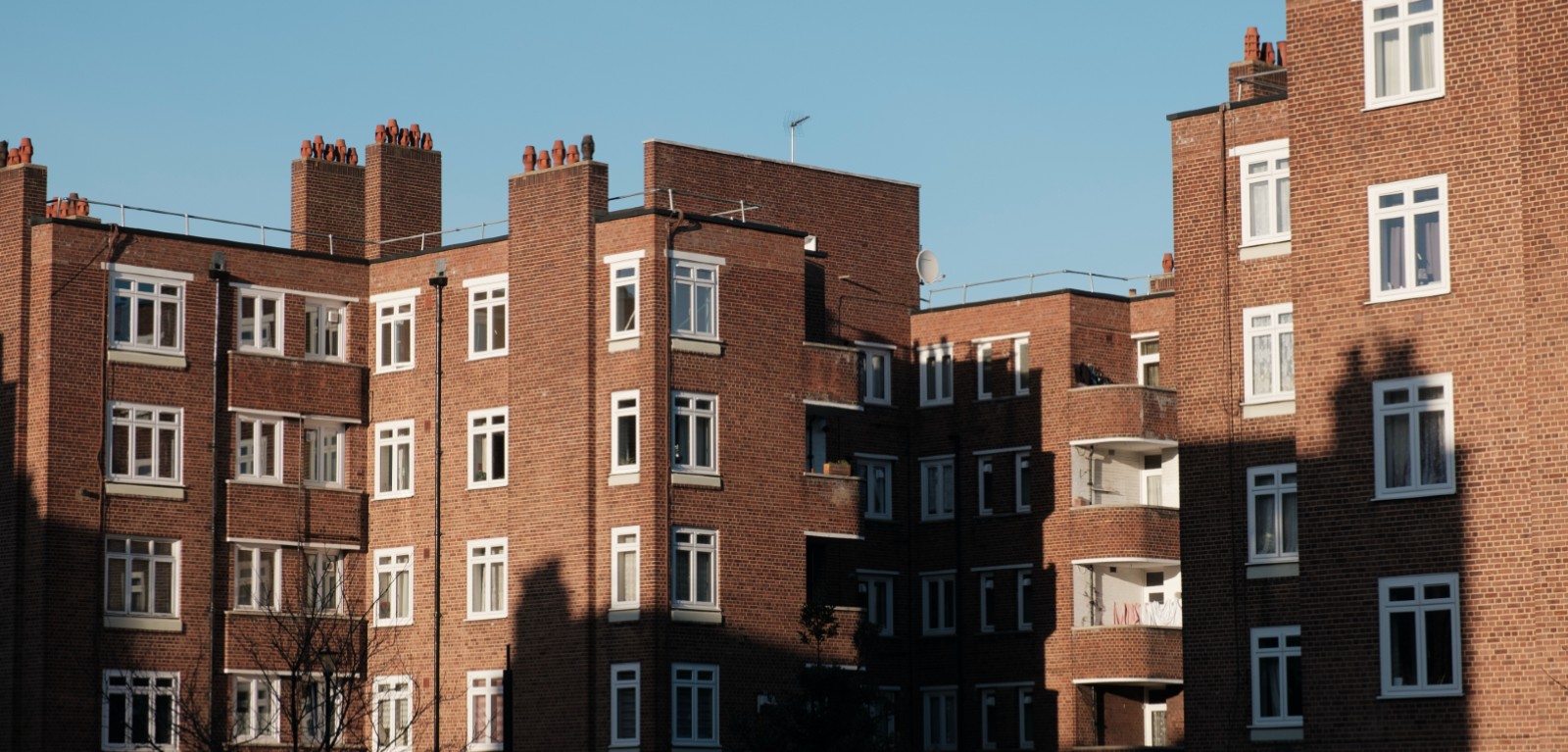New research reveals stark ethnic inequalities within neighbourhoods
Poverty and lack of opportunity do not affect ethnic groups equally in neighbourhoods of England and Wales according to new research published in the Royal Geographical Society’s Geographical Journal.

The study uncovers details of neighbourhoods where people in one ethnic group live with high deprivation levels, while those in another ethnic group experience relatively low levels of deprivation.
Deprivation measures have previously focused on all residents in a given residential neighbourhood. Now, a new method measures deprivation in small geographical areas for individual ethnic groups living within those areas.
Professor Christopher Lloyd and Professor Gemma Catney from Queen’s led an international team of researchers in creating the robust and novel methodology for uncovering inequalities not only between neighbourhoods, but also among different ethnic groups within those locations. Their Ethnic Group Deprivation Index (EGDI) uses the latest data from the 2021 Census of England and Wales.
The EGDI is a measure of deprivation for neighbourhoods for each individual ethnic group. The EGDI reports deprivation per neighbourhood and per ethnic group for overall deprivation, as well as by its constituent four domains: employment, housing, education, and health. This novel index was developed as part of a £1m Economic and Social Research Council funded project, GEDI, which is exploring the UK’s Geographies of Ethnic Diversity and Inequalities.
Professor Chris Lloyd said: “This newly developed index provides an important tool for understanding the geographies of ethnic inequalities, so that communities living in relative deprivation do not miss out on interventions aimed at reducing poverty. Our research exposes, for the first time, details of stark inequalities between people of different ethnic groups living in the same neighbourhoods. We have had requests from local authorities to share this data and plan to support them in using it to develop effective policies that target the people and places most in need.”
Local authority districts within London were found to have the most marked differences in levels of deprivation between different ethnic groups within individual neighbourhoods. These districts include Tower Hamlets, Hackney and Lambeth. Other areas of England and Wales with particularly significant disparities include Manchester, Nottingham, Stoke-on-Trent, and Bristol.
The study highlights the spatial complexity of inequalities, including problems with making generalisations founded on analysis of deprivation only by geographical area or ethnic group, and the need for policy based on evidence that provides greater detail on ethnic inequalities. This is demonstrated by the following findings:
- Two ethnic groups amongst those with the highest levels of relative deprivation are the Bangladeshi and Pakistani groups. Over 50% of Bangladeshi communities (areas with Bangladeshi populations) are in the most deprived 10% of areas by ethnic group. For the Pakistani group, the equivalent is nearly 27%. This compares to 8% for the White British group.
- These ethnic groups are profoundly concentrated in areas where there is significant ethnic inequality, but within those areas they are also experiencing some of the highest levels of relative deprivation. In more than 1,500 (10.5%) of the 14,500 neighbourhoods analysed where more than one ethnic group is found, the Pakistani group had the highest level of relative deprivation out of all ethnic groups.
- The study provides insight into neighbourhoods in Tower Hamlets where the Bangladeshi population experiences the greatest deprivation and lives in close proximity to people in White ethnic groups (White British and Other White), who experience low relative rates of deprivation.
- There are marked differences between ethnic groups by domain (type) of deprivation. For example, nearly 62% of Bangladeshi communities are in the most deprived 10% of areas by household overcrowding. When health is considered, over 33% of Bangladeshi communities are in the most deprived 10% of areas.
- There are major differences between ethnic groups within and between areas and by domains (types) of deprivation. For example, over 57% of Black African communities live in the most deprived areas by household overcrowding. In contrast, only 3% of Black African communities live in the most deprived areas by health.
Featured Expert

Media
Inquiries to Una Bradley u.bradley@qub.ac.uk